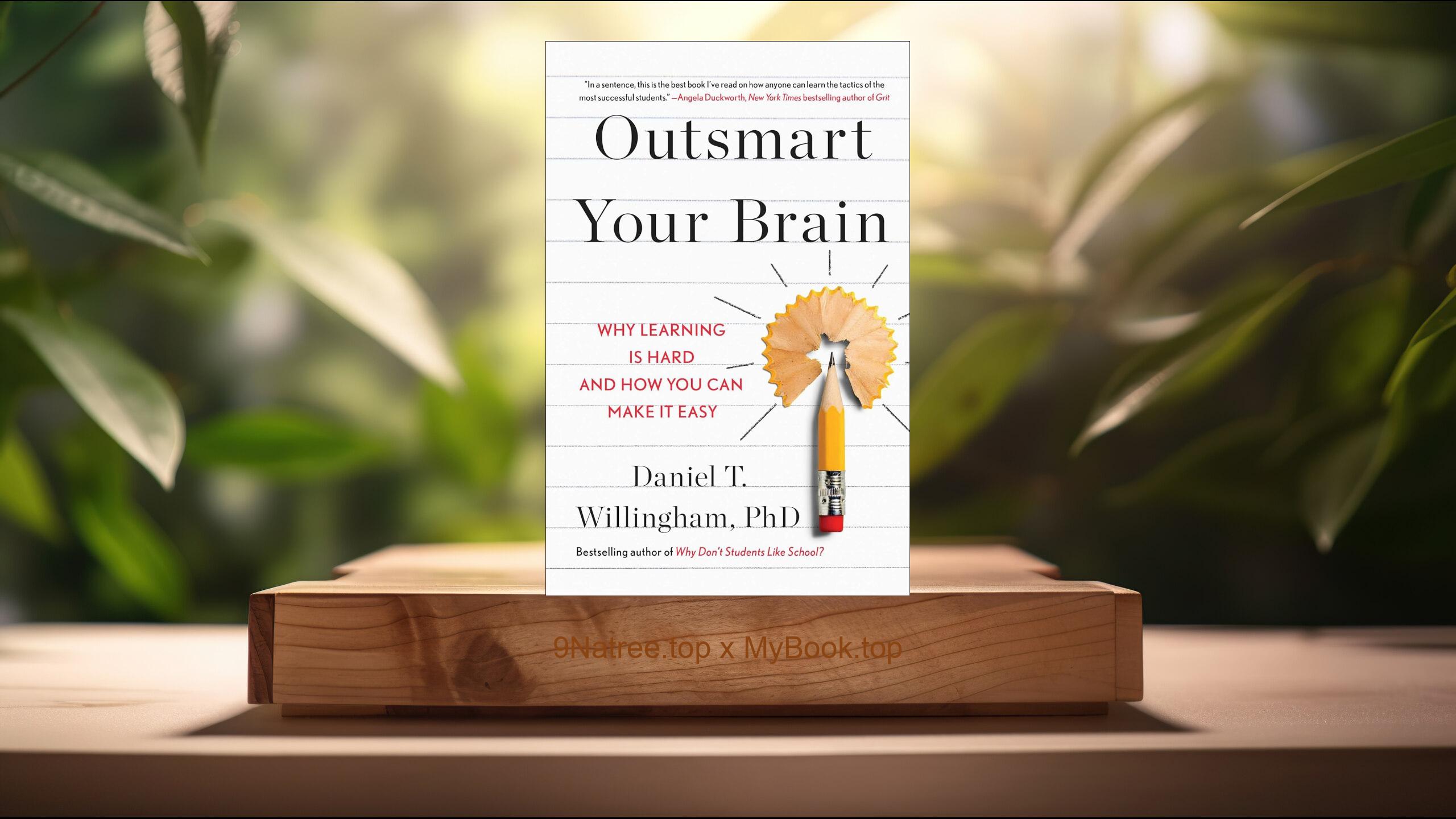Show Notes
- Amazon US Store: https://www.amazon.com/dp/B08TV31WJ3?tag=9natree-20
- Amazon Worldwide Store: https://global.buys.trade/The-Myth-of-Artificial-Intelligence-Erik-J-Larson.html
- Apple Books: https://books.apple.com/us/audiobook/the-myth-of-artificial-intelligence-why-computers/id1642016059?itsct=books_box_link&itscg=30200&ls=1&at=1001l3bAw&ct=9natree
- eBay: https://www.ebay.com/sch/i.html?_nkw=The+Myth+of+Artificial+Intelligence+Erik+J+Larson+&mkcid=1&mkrid=711-53200-19255-0&siteid=0&campid=5339060787&customid=9natree&toolid=10001&mkevt=1
- Read more: https://mybook.top/read/B08TV31WJ3/
#ArtificialIntelligencelimitations #HumancognitionvsAI #AIethics #AIhype #FutureofAI #Technologicalprogress #AIsocietalimpact #TheMythofArtificialIntelligence
These are takeaways from this book.
Firstly, The Nature of Human Cognition vs. Artificial intelligence, Erik J. Larson delves into the nuanced differences between human cognition and artificial intelligence, arguing that a fundamental gap exists between the two. Larson posits that human cognition is deeply rooted in biological processes and embodied experiences, giving rise to creativity, intuition, and emotional intelligence. In contrast, artificial intelligence operates through algorithms and data patterns, lacking the ability to truly understand or replicate the depth of human thought and emotion. Larson illustrates how AI's reliance on statistical learning and data analysis significantly limits its capacity for the kind of abstract thinking and problem-solving humans are capable of. He discusses examples where AI systems excel in specific, well-defined tasks but fall short in areas requiring broader contextual understanding or creative thought, underscoring the inherent limitations of current AI technologies in replicating the full spectrum of human intelligence.
Secondly, The AI Hype and Its Discontents, Larson critically examines the hype surrounding artificial intelligence, suggesting that the enthusiastic portrayal of AI's capabilities by the media and some industry leaders has led to unrealistic expectations about its potential. He outlines how the hype often glosses over the significant challenges and limitations that AI currently faces, such as issues of bias, explainability, and the complexity of human language and emotion. Larson argues that this exaggeration diverts attention and resources from addressing the more pressing ethical and societal implications of AI development, including the potential for job displacement, privacy concerns, and the amplification of existing inequalities. By dissecting instances of AI 'success stories' that turned out to be more limited than initially presented, Larson urges a more tempered and realistic approach to AI development that acknowledges its current limitations and the difficult path to achieving anything resembling human-level intelligence.
Thirdly, The Fallacy of the Imminent AI Takeover, One of the central themes of Larson's critique is the fallacy of the imminent AI takeover. He systematically dismantles the idea that artificial intelligence is on the brink of surpassing human intelligence and cautions against the dystopian narratives that suggest AI will soon outsmart and potentially endanger humanity. Larson uses historical context and technical analysis to show that, despite significant advancements, AI remains fundamentally limited by its inability to understand or replicate the intricacies of human thought. He highlights the fact that AI systems operate within narrowly defined parameters and depend heavily on human input for their training and operation. By debunking the myth of superintelligent AI, Larson hopes to redirect the conversation towards more realistic and constructive discussions about how AI can be developed and utilized responsibly, emphasizing the need for continued human oversight and ethical considerations.
Fourthly, Ethical and Societal Implications of AI, A critical aspect of Larson's argument revolves around the ethical and societal implications of artificial intelligence. He delves into the consequences of unchecked AI development, from exacerbating social inequalities to posing risks to privacy and security. Larson highlights how bias in AI algorithms can lead to unfair outcomes, particularly in sensitive areas such as criminal justice, hiring practices, and credit scoring. He emphasizes the importance of incorporating ethical considerations into the development process and advocates for a multidisciplinary approach that includes ethicists, sociologists, and other stakeholders. Larson calls for robust frameworks and regulations to ensure that AI is developed and deployed in ways that are transparent, accountable, and beneficial for society as a whole, underscoring the role of human values and judgment in guiding AI’s evolution.
Lastly, Navigating the Future of AI, In the final section, Larson offers a vision for navigating the future of artificial intelligence that is both sober and forward-thinking. He emphasizes the importance of realistic expectations, grounded in a deep understanding of AI's capabilities and limitations. Larson advocates for a shift in focus from striving towards artificial general intelligence (AGI) towards leveraging AI's strengths in narrow, well-defined domains to address societal challenges. He discusses the potential of AI in healthcare, environmental conservation, and education, while stressing the need for interdisciplinary collaboration, robust regulatory frameworks, and ongoing public dialogue. Larson's vision is one of cautious optimism, where AI is seen as a tool that, when developed and used responsibly, can significantly contribute to human well-being and progress.
![[Review] The Myth of Artificial Intelligence (Erik J. Larson) Summarized](https://episodes.castos.com/660078c6833215-59505987/images/1875066/c1a-085k3-0v243z32uw27-ajlfpp.jpg)




